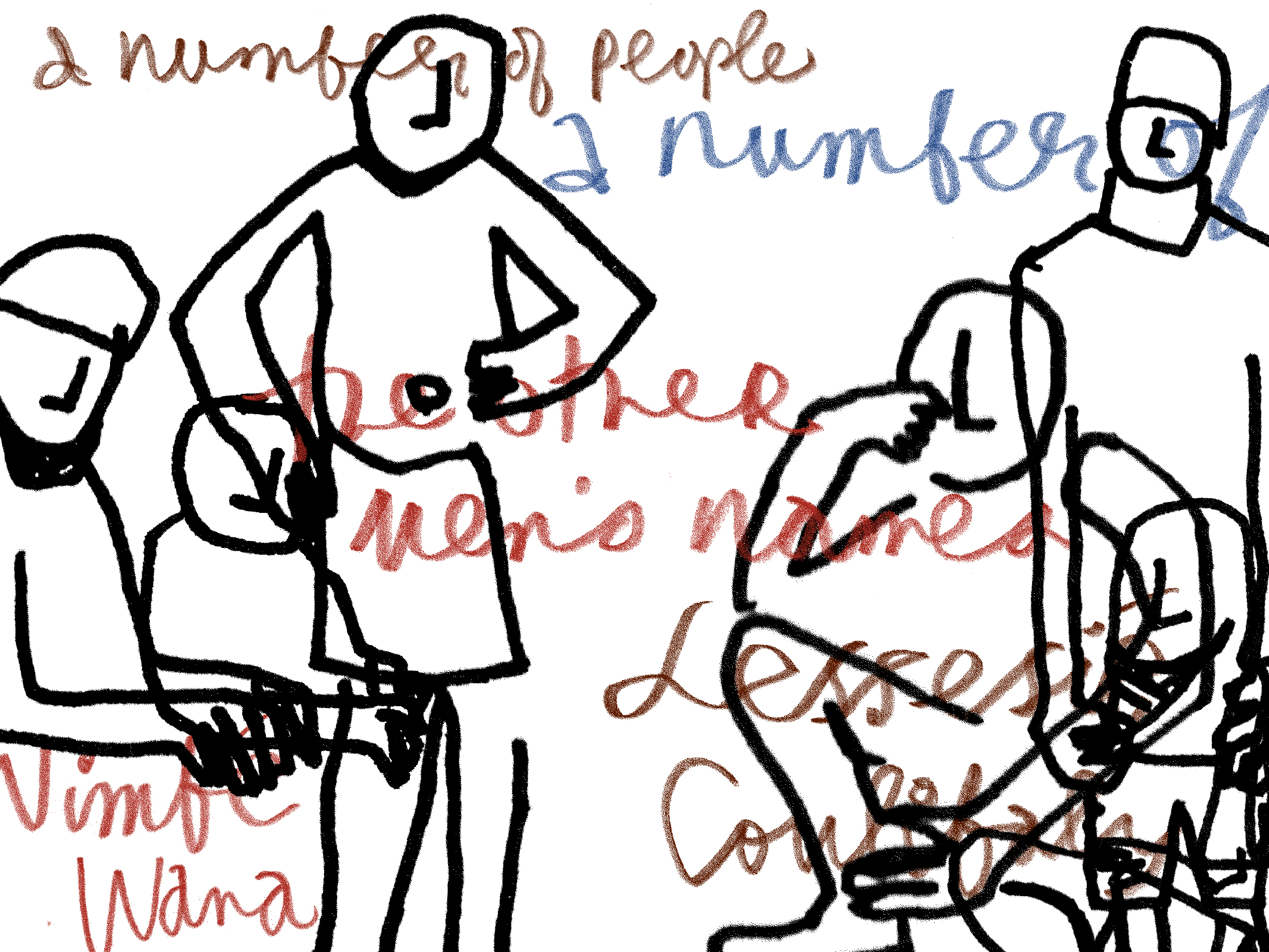
Mark Addison Smith. Hand-rendered design possibility for the digital publication presented in Mood Boards + Design Experiments for Mapping Senufo. 31 January 2020.
During the summer of 2020, we outlined key ideas to guide our research, writing, and publication design. We share them here.
Susan Elizabeth Gagliardi and Constantine Petridis
26 August 2020

Mark Addison Smith. Hand-rendered design possibility for the digital publication presented in Mood Boards + Design Experiments for Mapping Senufo. 31 January 2020.
During the summer of 2020, we outlined key ideas to guide our research, writing, and publication design. We share them here.
Susan Elizabeth Gagliardi and Constantine Petridis
26 August 2020
© 2020 Mapping Senufo, Emory University. All Rights Reserved.